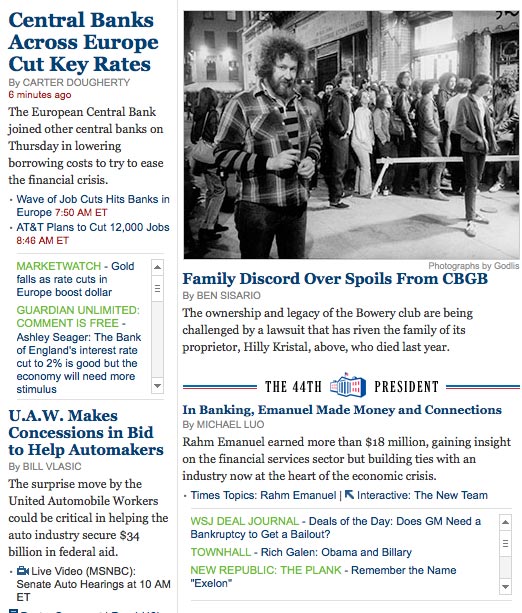As reported on the main site, the social network Wired Journalists is now looking rather different; it has been incorporated into Publish2, the social journalism venture based on a belief in the link economy. Since no terms of the deal were disclosed in the announcement, Journalism.co.uk was keen to know more. Publish2 CEO Scott Karp didn’t reveal the details of the agreement but added this statement:
“Creating a social network for our journalist community within P2 was always on our roadmap, and WiredJournalists presented an opportunity to buy instead of build. It was a great fit. WiredJournalists grew from nothing to more than 3,000 journalists in 18 months.
“The frontline web producers, reporters, and editors using Wired Journalists are exactly the journalists we’re bringing together at Publish2 to collaborate and share links with each other and their readers.
“With this deal, Publish2 now has the equivalent of 20 per cent of all journalists in the U.S, since launching less than a year ago.”
